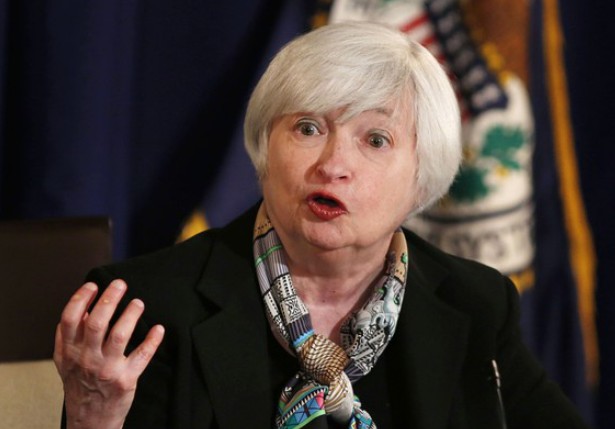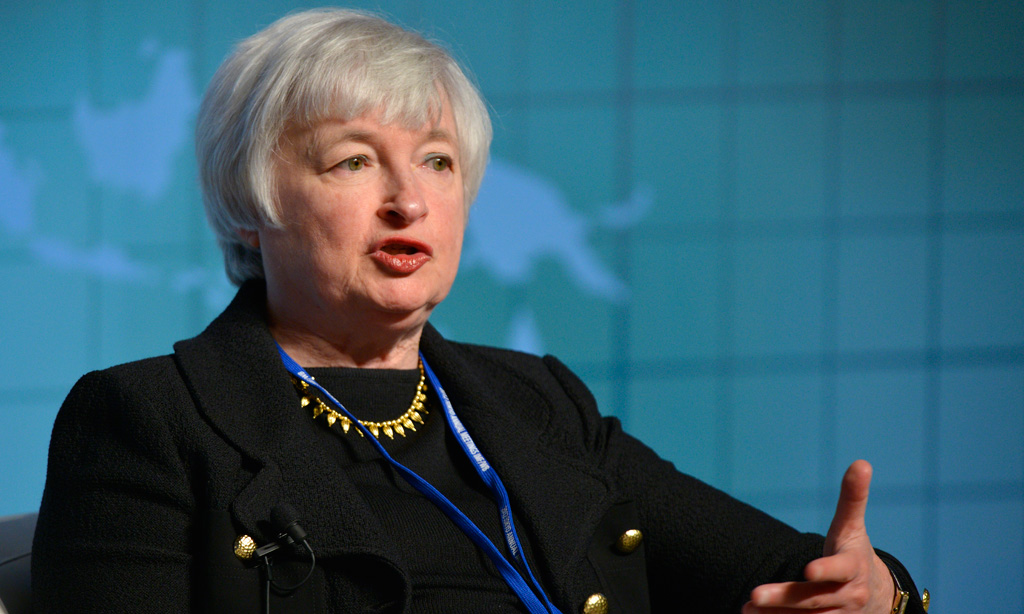Central Banks manipulate the price of money using several different tactics for controlling interest rates. One of those mechanisms is buying assets like bonds. The last easing program that the Federal Reserve conducted ended in Oct. of 2014. Even though interest rates are still at a record low in the United States, the effects of ending Quantitative Easing have been felt across the globe. Namely with our largest trading partners. Europe, Canada and China have all faced slowing economies since the end of the program. In Europe, the ECB is combating the problem with a record asset buying program. And so far it has kept Europe afloat.
The largest effect of this asset buying program, has been the devaluation of the Euro, to close to parity with the US dollar. The idea behind this is easing is to strengthen exports and create inflation with the intention of spurring growth. When central bankers devalue their currencies, each major bank gets to ease its currency when its economy is most in need. After QE3, the Japanese and European economies were slowing at a rapid pace. The burden of US easing could no longer be put on their shoulders, and the ECB soon began to cheapen its currency. As an effect of this, the US dollar index started to rise precipitously in July of 2014. The index’s rise was further strengthened with the possibility of a US Interest Rate hike being brought into focus by Chair Yellen. As a result the US economy began to face more economic pressure, and it started to show in the data.
One may ask how any of the above is critical to understanding why China’s economy is slowing, or why the People’s Bank of China devalued the Yuan by 2%, but it is the key foundation for accurate analysis.
The Yuan is directly pegged to the Dollar. If the dollar becomes more valuable then the yuan does likewise. This may seem trivial but it is absolutely essential to realize. US Central Bank policy that effects the value of the dollar, will also heavily effect the Yuan. Since the dollar has been rising in value against the Euro and the Yen, so has the Yuan.
One of the largest effects of a strong currency is stong cheap imports and weak expensive exports. This explains part of the large inventory buildup seen in the US. China is heavily dependent on its exports. The lower demand for higher priced Chinese exports dragged on the sector and has contributed to their slowing economy.
Rather than breaking their peg with the US Dollar the PBOC decided to directly devalue their currency against the dollar to provide stimulus for their economy and relief to their export industries. Despite this small devaluation China will continue to face pressure as long as the dollar remains strong, and Central Banks continue their manipulation of interest rates.
The amount of malinvestment in China and economies around the world will continue to make global markets unstable in the years to come. But instead of blaming the Chinese for their slowdown, one must really look at the underlying reasons why systemically that slowdown is inevitable. In the meantime we will continue to hear the word “China” blasted three hundred times per day from every news network, financial channel, and every Donald Trump interview.
By Andrew Gehrig



